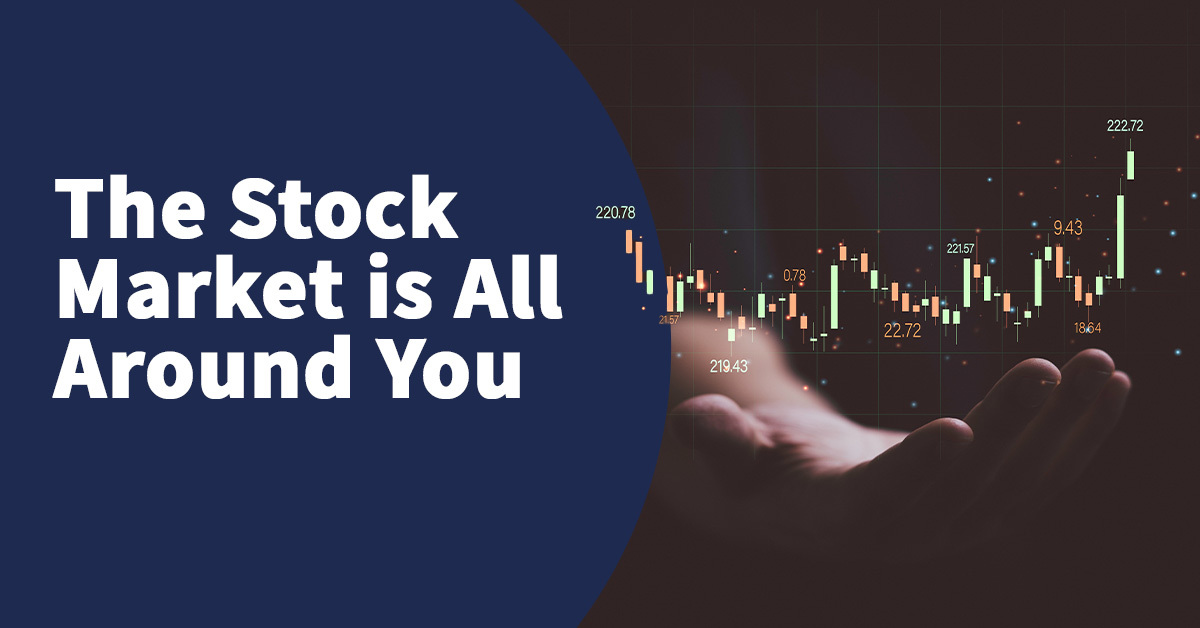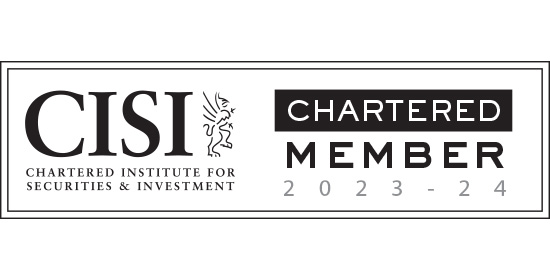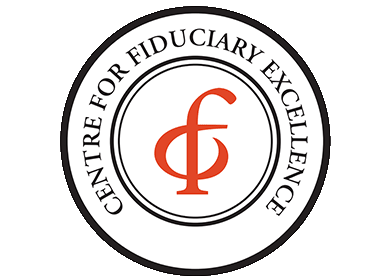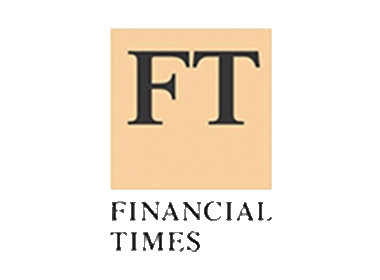Before you invest, you should take the time to understand all of the investment fees associated with your investment.
Any investment advisor worth working with should be willing to explain, in plain English, all the various types of investment fees that you will pay.
Acronyms are often thrown around with little understanding of what the terms stand for. Here are some of the main fees and associated terms you should know about.
AMC – Annual Management Charge
Fund managers and fee- based financial advisers apply an Annual Management Charge (AMC). This is deducted directly from the fund or clients portfolio to cover the ongoing management. This is taken to pay for their investment management services, such as research analysts and portfolio managers. And in the case of financial advisers, for generally managing your investment portfolio on an ongoing basis. The fees are applied as a percentage of total assets and are deducted directly from the fund. Usually on an annual or quarterly basis.
TER – Total Expense Ratio
For a better idea of the cost of your fund, you should look out for the total expense ratio (TER). The total expense ratio (TER) is a measure of the total costs associated with managing and operating an investment fund.
Unfortunately, investment fund companies are not obliged to reveal TERs and many will publish only the annual management fee, leaving investors with the mistaken impression that this is all they have to pay
The TER takes into account dealing costs, and auditors’ fees as well as the annual management charge. The listed figure for total expense ratios in ETFs and mutual funds includes a number of different types of costs. Much of the expense ratio often goes to the fund manager, which is charged with responsibility for managing the fund’s portfolio of investments. Other charges include, legal expenses, and accounting costs.
You will not be presented with a bill for expenses. Instead, they typically take an amount equal to the total expense ratio directly from the income that the fund’s assets generate. This has the net effect of reducing the amount of income available to shareholders.
OCF – Ongoing Charge Figure
A more realistic indication of the true annual cost is a measure called the Ongoing Charge Figure (OCF). This includes the AMC, as well as a number of additional costs such as trustee and auditor fees. Essentially this is an overall total annual charge for owning part of a fund and includes the transaction charges for the buying and selling of investments.
TER and OCF are very similar but the OCF includes performance fees and one off charges. The majority of funds must now provide a Key Investor Information Document to investors, which displays an ongoing charge figure rather than the total expense ratio, as part of European regulation.
Find out how we can help you
If you would like to understand more about this topic get in touch
Related posts
- Published On: July 8, 2024|3.2 min read|
The Problem with Structured Notes for Retail Investors: Opaqueness, Provider Risk, and Hidden Commissions
Structured notes are financial instruments that can seem attractive due to their potential for high returns and tailored investment strategies. However, they come with significant risks and drawbacks, especially for retail investors.
Read more












